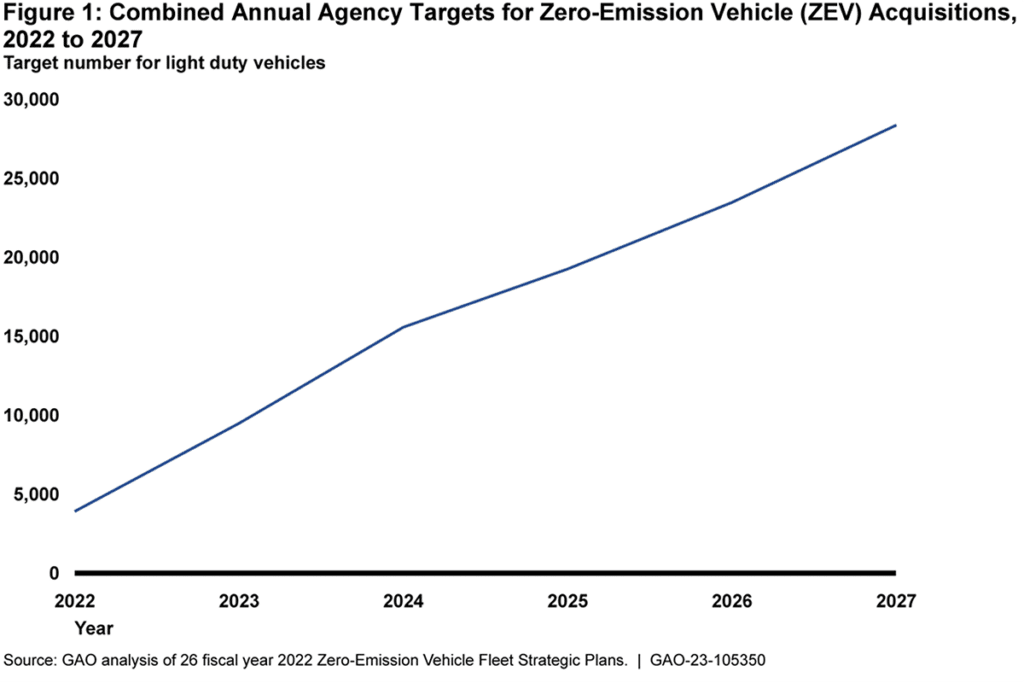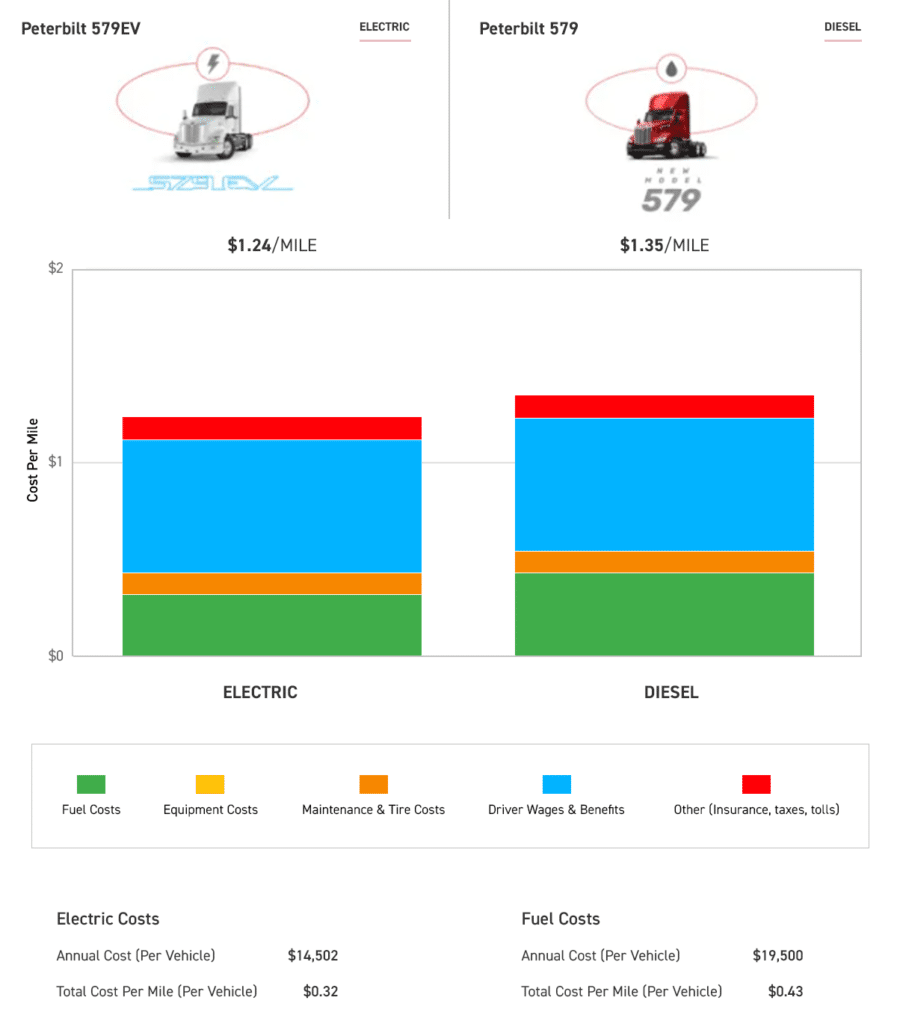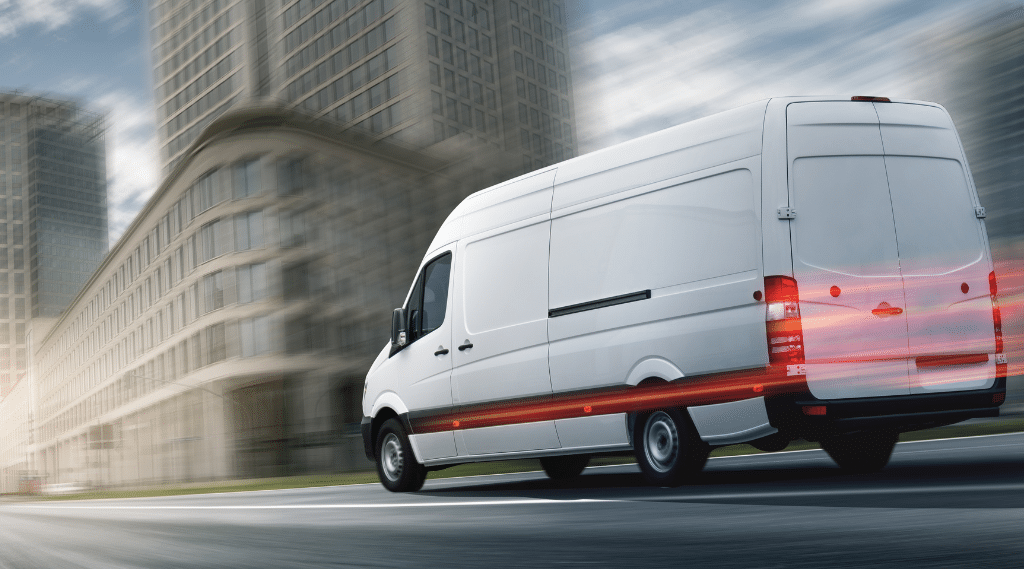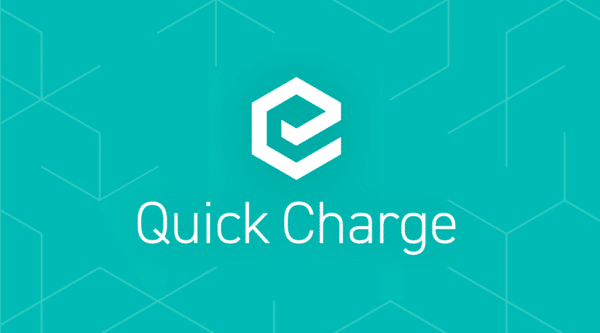In December 2021, the U.S. Government embarked on an ambitious journey towards environmental sustainability and fiscal prudence with the signing of Executive Order 14057. This order mandates the electrification of government fleet vehicles, setting a target for all fleet purchases to be Zero Emission Vehicles (ZEVs) by 2035, with a specific focus on light-duty ZEVs by 2027. This monumental shift, affecting approximately 650,000 vehicles globally, represents both a challenge and an opportunity for the U.S. Government.

The Current Landscape
Early adopters in city and municipal government fleets have set a precedent, embracing the transition with haste. For instance, New York City’s announcement to transition its entire automobile fleet to ZEVs by 2038 highlights the progressive strides being made. This move isn’t just environmentally sound—it’s also economically savvy, projected to save $90 million in taxpayer money. The reduced Total Cost of Ownership (TCO) for electric vehicles (EVs), according to Ernst & Young includes a nearly 59% decrease in operation and maintenance (O&M) costs, plays a crucial role in realizing these savings.

While benefits of Government fleet electrification abound, notable challenges exist as the nascent EV and EVSE industry takes shape. Some of the complexities of acquiring charging stations, including the costs of necessary electrical upgrades, pose a significant barrier to adoption.
Challenges and Solutions
Despite the evident benefits, the road to electrification is paved with challenges, particularly in the nascent EV and Electric Vehicle Supply Equipment (EVSE) industry. High costs of charging stations, which can exceed $100,000, and associated electrical upgrades are notable barriers. Not surprisingly, the findings from the Government Accountability Office, noted the high costs of charging equipment and constraints related to leased spaces and electrical capacity as key concerns.
Yet, these should not overshadow the long-term economic benefits. Based on research from the ICF Climate Center, electrifying federal fleets could potentially result in savings of $6 billion, while the Arizona PIRG Education Fund estimates a whopping $11 million in savings for state and local governments. On top of this, fleet electrification represent an exciting new possibility of monetizing with new grid services such as vehicle to grid (V2G) that can also help make the grid more resilient.
The Broader Impact
The push for fleet electrification aligns with broader environmental and health objectives. According to industry expert Stacy Noblet, adopting a “ZEV first” policy is projected to cut 1.7 million metric tons of greenhouse gas emissions. Furthermore, electrification opens up opportunities for new grid services like vehicle-to-grid (V2G), enhancing grid resilience.
The Role of Charging-as-a-Service (CaaS)
To navigate these financial hurdles, Government fleets can turn to Charging-as-a-Service (CaaS). Electrada’s innovative 360 CaaS solution offers a predictable rate per kWh and ensures a 99% guaranteed uptime for mission-critical vehicles—essential for government operations. CaaS not only mitigates the capital expenditure (CapEx) burden but also reduces the risks associated with adopting new technologies.

Conclusion
The significance of government fleet electrification extends beyond the 2035 ZEV mandate. It’s a critical step towards improved health, climate conservation, and fiscal responsibility. Electrada’s 360 CaaS solution, designed to support this transition, eases operational challenges and encourages sustainable practices in government fleets. By collaborating with Electrada and allowing us to absorb the CapEx burden, governments can navigate this transition smoothly, ensuring a sustainable and economically sound future. Get in touch to learn more.



